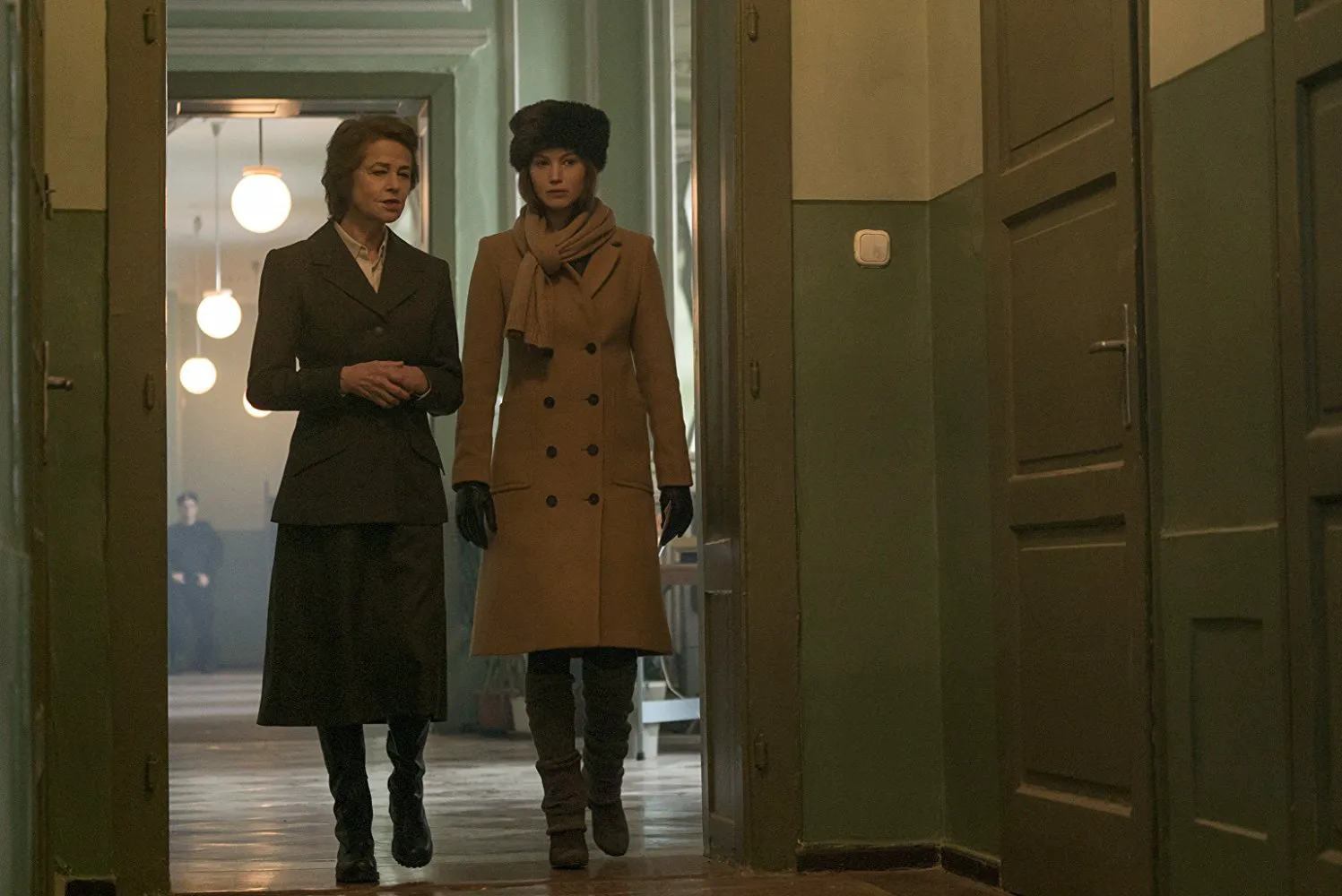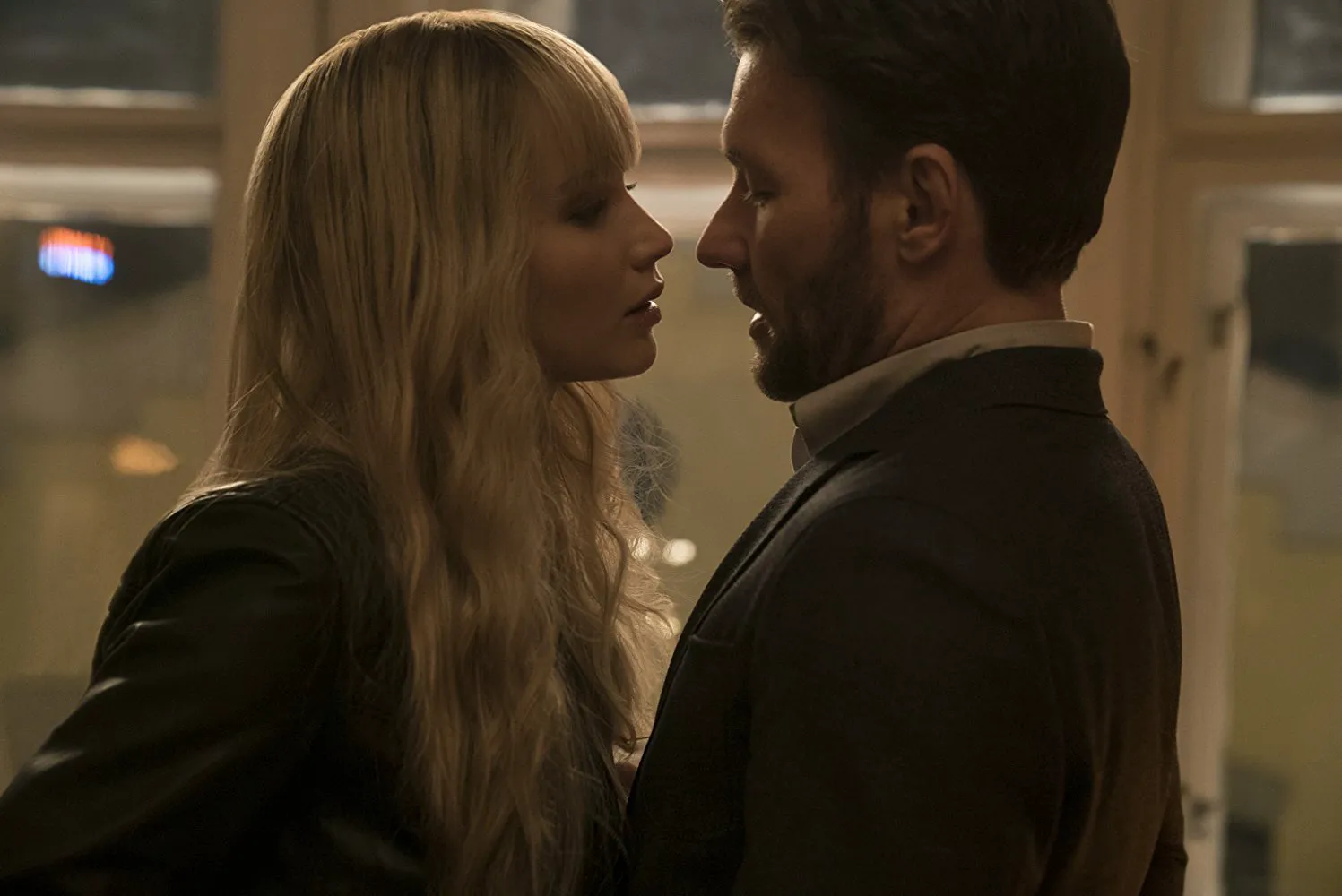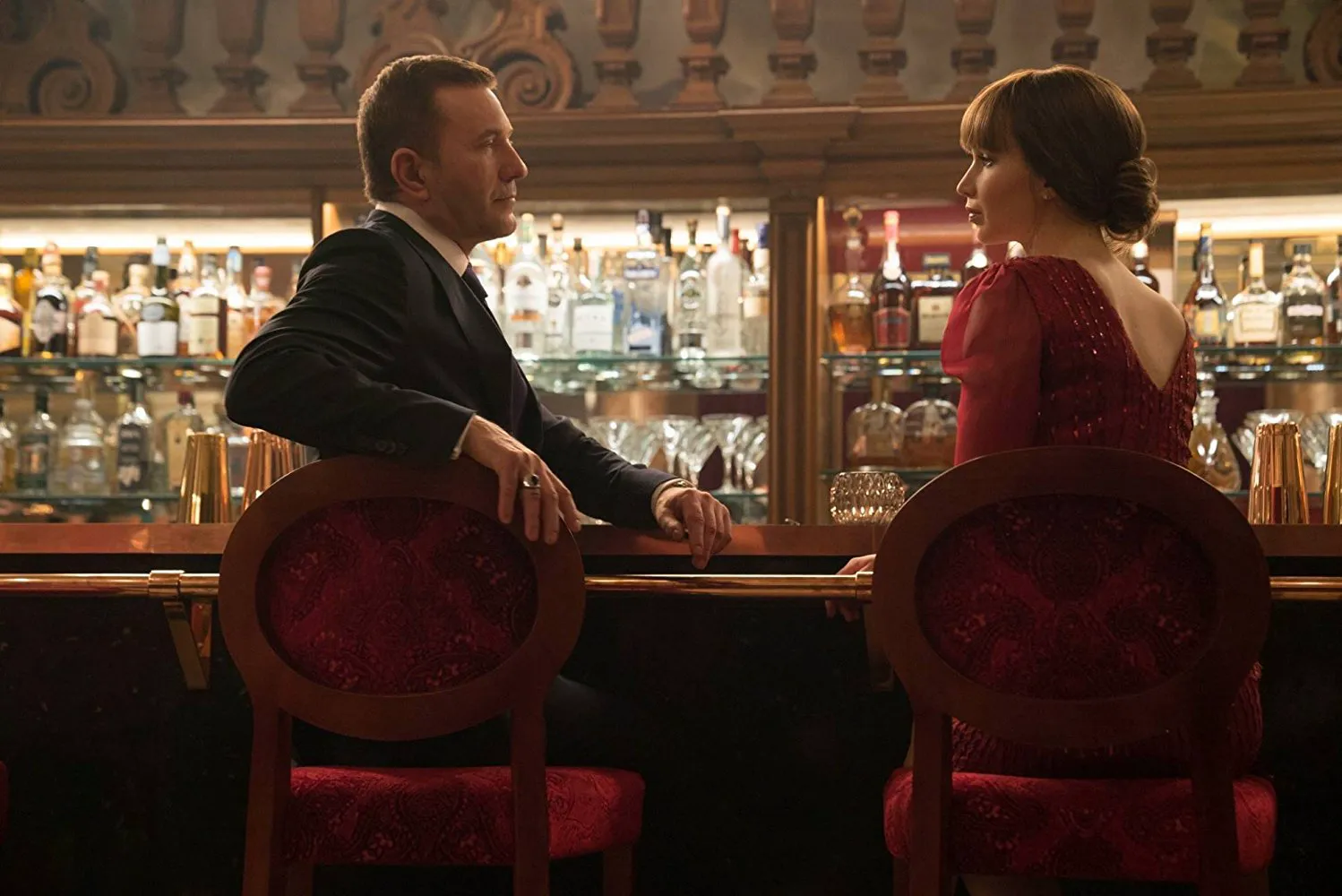Red Sparrow: A Cold War Relic Masquerading as a Spy Thriller
This film is a far cry from the sophisticated spy narratives of John le Carré, instead offering a clumsy and cartoonish portrayal of Russian espionage.
The story centers on Dominika Egorova, a celebrated Bolshoi Theatre prima ballerina. Her promising career is abruptly cut short by a devastating injury, which also threatens her family’s stability. With her livelihood gone and her mother in need of medical care, Dominika reluctantly agrees to a proposition from her uncle, a high-ranking intelligence officer. She is thrust into a clandestine program where young recruits are molded into ruthless, morally bankrupt spies through brutal training and psychological manipulation. After excelling in the “Red Sparrow” program, Dominika receives her first assignment: to seduce an American CIA agent stationed in Eastern Europe, who is awaiting contact with a mole inside the Kremlin, and expose the traitor.

“Red Sparrow” is the first installment in a spy trilogy penned by former CIA operative Jason Matthews. The film rights were acquired for a substantial sum even before the book’s publication.
Russia as the Boogeyman: A Tired Trope
Throughout the history of Hollywood action films, thrillers, and spy dramas, one can trace the evolution of American anxieties and perceived threats. During the Cold War, Russians were frequently depicted as the primary antagonists in films like James Bond, Rambo, and Rocky. While Russia has recently resurfaced as a popular villain in shows like “Homeland” and “The Americans,” “Red Sparrow” descends into caricature, suggesting a lack of genuine fear and a reliance on outdated stereotypes.

Jennifer Lawrence underwent nearly four months of ballet training for the role, but a professional dance double was ultimately used for the dance sequences.
Sensationalism Over Substance
A compelling spy thriller, unlike the fantastical world of James Bond, typically thrives on subtlety, intelligence, and psychological depth. “Red Sparrow” abandons these elements in favor of graphic violence and gratuitous sexual content, seemingly under the misguided assumption that sex is the ultimate global currency.

The film’s depiction of Russia veers into the absurd, portraying it as a nightmarish dystopia where violence, abuse, and degradation are commonplace.

Lost in the Darkness
The film’s excessive reliance on dark and grim imagery obscures the plot, characters, and motivations. The characters’ actions lack depth, and the spycraft is simplistic. The film ultimately devolves into a tale of personal revenge, undermining any sense of moral complexity.
“Red Sparrow” feels like a predictable outcome for director Francis Lawrence and actress Jennifer Lawrence. The film’s source material was criticized for its lack of character development and reliance on sensationalistic depictions of torture and seduction. After the nuanced portrayals of Russian characters in “Homeland” and “The Americans,” “Red Sparrow” is a disappointing return to tired stereotypes.